Let’s start by pointing out that this post is mostly about fire coming from outside of your home, like from a forest fire or grass fire or a house next door. It’s not about a fire starting when you forgot about the grilled cheese on the stove.
But before we go outside your home, I want to make sure you have strategically-located smoke detectors in your home, an appropriately sized fire extinguisher, and (especially if you have a wood burning fireplace or gas stove) a carbon monoxide detector. These simple things save lives every day across North America. I'm not going to sugar-coat this: fire is often fast, unpredictable and catastrophic. Now go ahead and check the batteries in your smoke detectors. I’ll wait.
Yup. There is such a thing as a 'housing catastrophe prevention conference’.
Speaking of catastrophes, I attend CatIQ Conferences yearly. The conferences are about protecting our homes, neighborhoods, businesses and cities from disasters. I attend because I’m a climate geek and climate change is a pretty constant topic for discussion. The conference draws people from all sectors including insurance, government, big business and non-profits because natural disasters, and especially weather disasters, impact on all of us. We can all manage risk better, yes? Except we don't manage risk well. We don’t even want to think about risks.
Take for example how we manage fire risks. Over 3800 people die in house fires in the US every year. There are about 24,000 house fires each year in Canada, resulting in an average of 377 deaths and 3,048 injuries per year. One fire, the Fort McMurray, Alberta wildfire, was the most expensive natural disaster in Canada, causing an estimated $9 billion dollars in cumulative damages.
That fire started in a drought in a forested area well outside the city limits then quickly engulfed whole neighborhoods and forced the evacuation of 88,000 people. Miraculously nobody died in that castastrophe, but I bet folks in Fort Mac think a bit more about fire risk now. I’m sure we would all prefer to cut our risk before a big event like this, yes?
The keynote speaker at the conference a couple of years ago was Roy Wright, the president of the Institute for Business and Home Safety in the US. While you're at it, check out the Canadian equivalent here. They both have excellent online resources for reducing risk to your home.
Wright talked a lot about recent fires in California, and while conditions on the west coast are somewhat unique, there are lessons for all of us about how fire behaves. Of course, homes within urban areas with piped services and fire hydrants and nearby fire stations are better protected, but many of us live in suburbs in what planners, fire officials and insurers call the wildland urban interface.
Also, many of our homes are in rural areas, more so as COVID has resulted in an exodus from city cores across North America, and it’s a dream for many people to live in a rural setting. Recent figures from before this exodus suggest that nearly 45 million homes currently exist in our nation’s wildland-urban interface (WUI). The following points are for folks who are not downtown.
House fire risk reduction: a hot topic...
Some interesting facts for homeowners. First, for those of us building on hills for the view, flames accelerate up hills. Second, everyone loves trees, but many parts of North America are trending towards longer dry periods punctuated by thunderstorms. This increases fire risk, especially in coniferous forests. Third, apparently sustained winds of 30 to 40 kms/hr (25 mph) are perfect for supplying oxygen to a fire and spreading embers.
Embers are a big concern because they can travel long distances and they jump spaces with no combustible material (e.g. roads and rivers). Fourth, flammable building materials (think asphalt shingles) are a concern if they are not fire-rated. But, Wright said in the California fires the main concern was closer to the ground - mulch, dry leaves, wood decks and wood or vinyl siding at or near grade level, firewood piled against the house, fencing and sheds attached to the house, trees close to the house and so on.
Recent studies found that wind-driven embers hit the house and drop to the ground at the wall, which is where they set fire to anything combustible. Wright pointed out that the houses that survived the Paradise Fire - one of the deadliest in California history - had one thing in common: no combustibles close to the house. Even a few feet of stone around the foundation made a big difference.
Precautions to cut the risk of fire in homes.
It’s not always top of mind to think about fire when you’re looking for a home, but if you want to buy in the wildland urban interface, maybe consider fire risk and distance to the nearest firefighters. Are they volunteers? Is the road accessible to big fire trucks and other emergency services?
If you’re already in a home in a rural area be aware of prevailing winds in your region and take precautions accordingly. If you're in the forest, and especially if you're up a hill, create some open space around your house especially with regard to prevailing winds. Note also that conifers, and especially cedars, are risky near a house.

Keep combustibles away from your house including firewood and wood sheds and fences. Wright said "putting mulch around your house is like spreading boxes of matches up against your house". Keep dry leaves away, especially under decks. In a drought, dry grass may burn faster than a person can run, so consider drought-resistant landscaping rather than a lawn.
Clean leaves out of gutters because they can catch embers. Maybe consider stone patios instead of ground-level decks. Remove or prune trees that are too close, and clear dead branches strategically. See here for more great tips.
And here’s a radical idea: why not talk to your neighbors about fire resilience – especially if you see that their property elevates fire risk on your property. And plan your escape route for the worst-case scenario. if you are upwind and/or uphill from a bad fire, get ready to flee, along with the emergency kit you have already prepared and placed by the door.
How do you build fire resistant homes?
If you’re building, please consider that building codes in North America evolved largely as a response to deaths in house fires. When planning a site, remove trees close to the house. Many will die over the years anyway from construction damage, and dead trees burn well.
In a high-risk area consider a non-ventilated roof because fire often enters soffits and torches the attic. Advocate for steel roofing and non-combustible cladding close to grade. Think twice before you build a wood deck or shed against a rural home.
And on the inside, make sure you follow codes with regard to exposed flammable materials and fire stops in framing. Use licensed installers for wood or gas-burning appliances. And consider the cost-benefit analysis on hardwired smoke detectors and sprinklers…although a CBA is silly when we’re talking about human lives, right?
Yeah... maybe I sound paranoid about fire, but it's earned. A rather dramatic incident in my life and some research have given me a profound respect for fire. Some simple preparations now can make a huge difference. Be aware and prepared, not scared! Now did you check those batteries in your smoke detectors yet?
Gary Martin was a builder and remodeler for a couple of decades. Now he studies, consults and rants about sustainable housing.
Now that you know more about protecting your home from wildfires, and how to build homes to resist wildfires, find more pages about sustainable and resilient green building techniques here :
Find more about green home construction in the EcoHome Green Building Guide pages or to learn more about the benefits of a free Ecohome Network Membership, see here. |
Fire-Resistant Prefab Homes and ADUs
Fire-resistant prefab homes and fire-resistant ADUs (Accessory Dwelling Units) are vital housing options for California, especially in wildfire-prone regions. These homes are built using innovative, fire-resistant materials and construction methods designed to withstand the extreme heat and flames often associated with wildfires in the state. Prefabricated for rapid and cost-effective assembly, fire-resistant prefab homes offer both affordability and energy efficiency, making them a perfect fit for California's varied climate. Likewise, fire-resistant ADUs, whether used as secondary living spaces or rental units, provide the same robust protection and longevity. For California homeowners, investing in fire-resistant homes and ADUs ensures enhanced safety, safeguarding both property and loved ones from the escalating wildfire risk.
- The Best Fire-Resistant Prefab homes, Modular and ADUs manufacturers in California are here
- The Best Fire Resistant ADUs manufacturers and builders in California are here





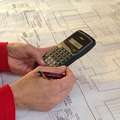


















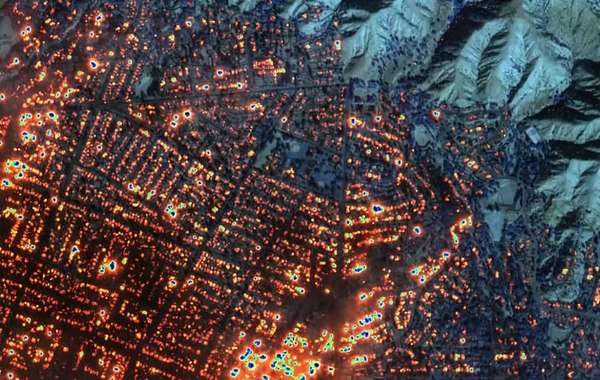
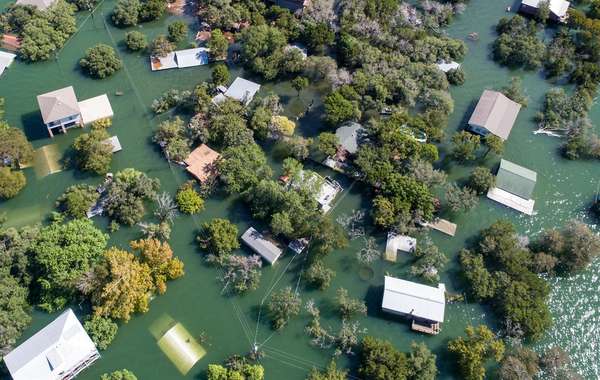



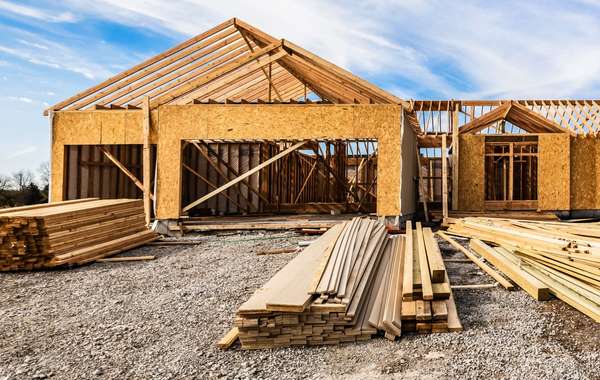
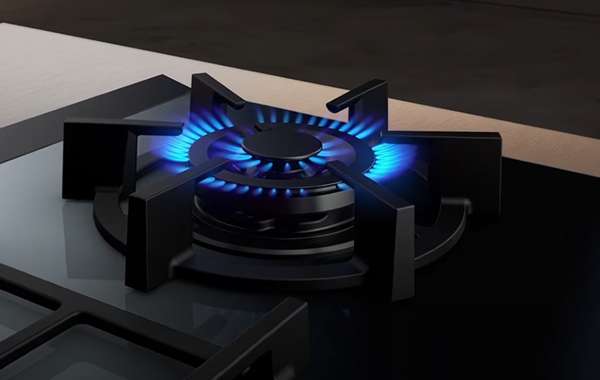
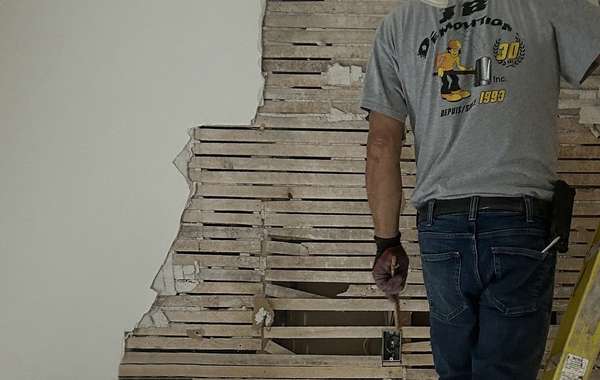
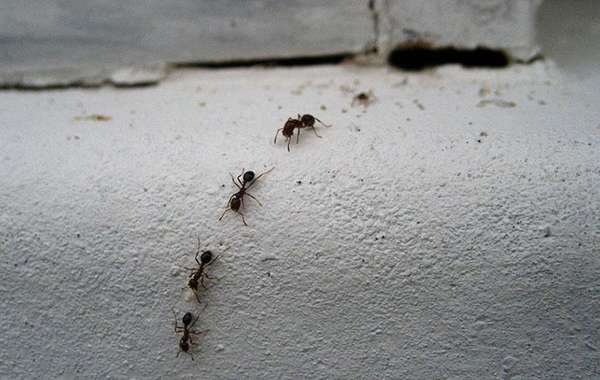
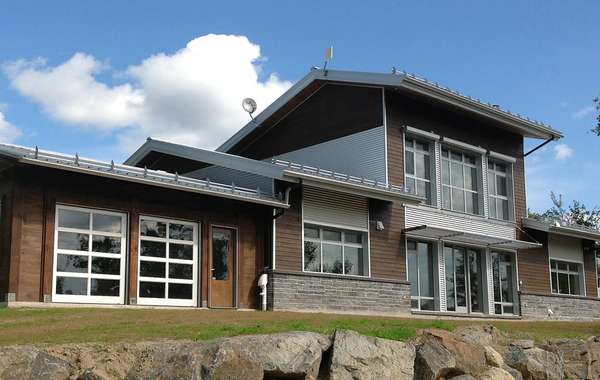
Comments (0)
Sign Up to Comment